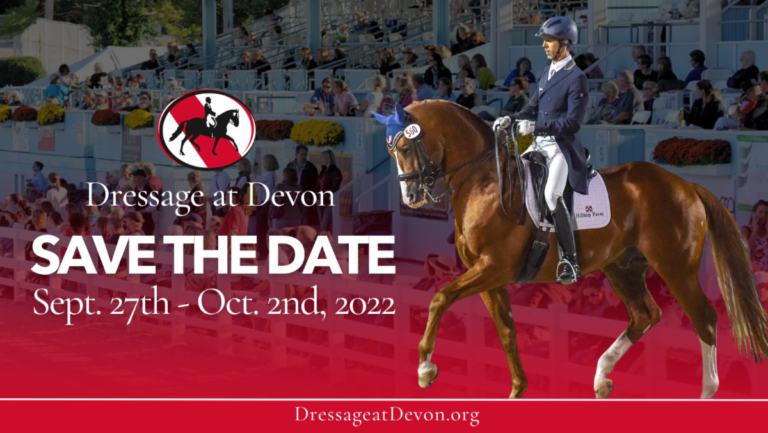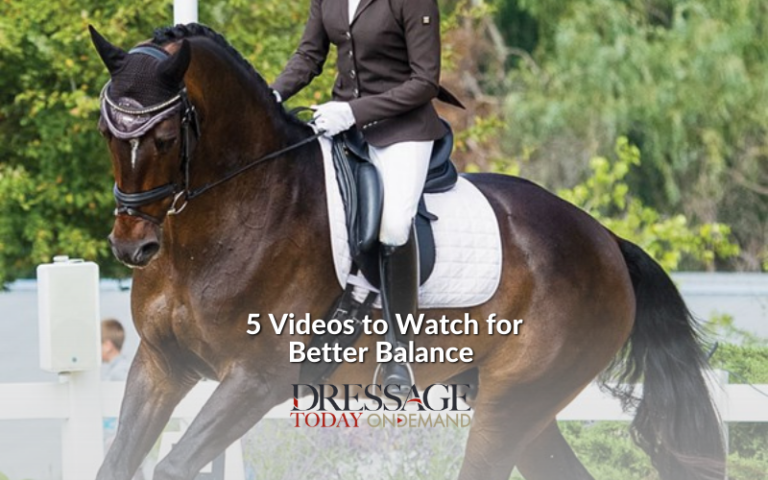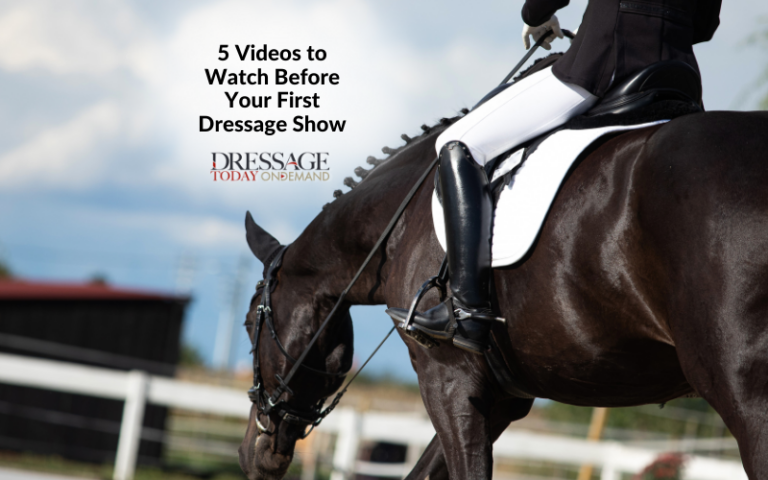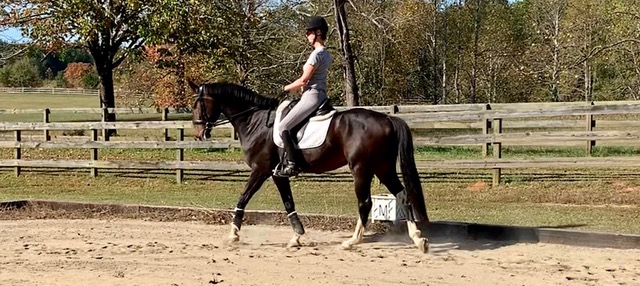When I was a child, I would spend hours looking through my library of horse breed books. I had many favorites, including the Friesian with his flowing black mane and tail and the Clydesdale with his gorgeous feathers. What I loved most was the diversity of all the breeds and yet how they were all the same: horses.
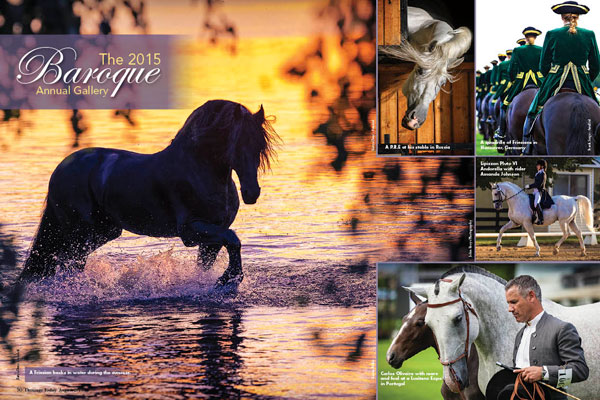
Each year we bring you our annual baroque issue, and each time I work on this special issue, I remember how I felt looking through those breed books so many years ago. The diversity of the many horses we see in dressage is not only beautiful, but inspirational. It reminds me that no matter what breed of horse you ride, you can still ride dressage.
This month we feature Friesians, Lusitanos and more. Our first feature takes us to southern Spain and the Royal Andalusian School of Equestrian Art. Steeped in history and tradition, the Royal School is dedicated to the preservation and promotion of purebred Spanish horses (Pura Raza Españolas, or P.R.E.s) and classical and country-style dressage. Established in 1973, the school now boasts an indoor arena with seating for 1,600 spectators and stables for 60 horses. To learn more about the history, performances and art at the Royal School, turn to p. 26.
While many of us are familiar with the P.R.E., we’re happy to also feature the Lipizzan in this year’s issue. This breed, known mostly for performances in Austria and in exhibitions around the U.S., had quite a showing during this year’s Adequan Global Dressage Festival. You can read about that in Arena on p. 15 and then learn about dressage rider Allen Kalchik’s desire to purchase a Lipizzan to take him through the levels. His story starts on p. 46.
Of course, our special baroque issue wouldn’t be complete without our “Baroque Horse Photo Gallery” (p. 50). This year’s collage includes a gorgeous selection of breeds caught in various moments of freedom as well as under saddle.
We didn’t want to leave you without any training this month. So in addition to our baroque articles, we bring you Part 2 of Isabelle von Nuemann-Cosel’s “Improve Your Seat” series (p. 34). Last month she explained the process of recognizing, analyzing and understanding the reasons for your position problems, and this month she offers some exercises to help overcome those problems.
Other articles include an excerpt from the new book Dressage Q&A with Janet Foy (p. 60), “Dressage on a Budget” (p. 56) and “Taking the Lead” (p. 40), a story about George Williams and Charlotte Bredahl-Baker—the newly appointed coaches of the USEF Youth Dressage Program.
I hope this issue inspires you to ride and embrace the diversity of all breeds.
Until next time …


